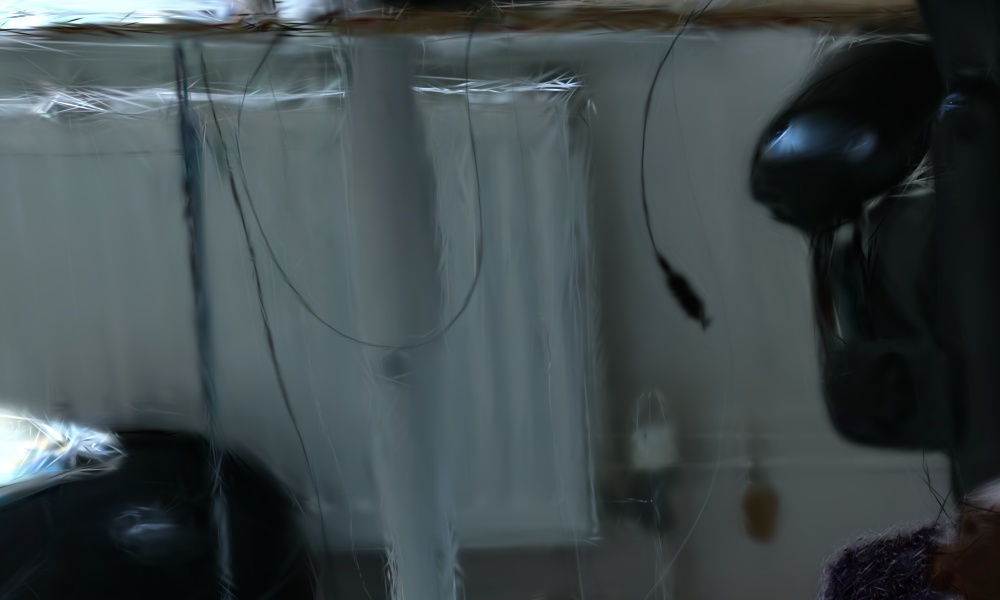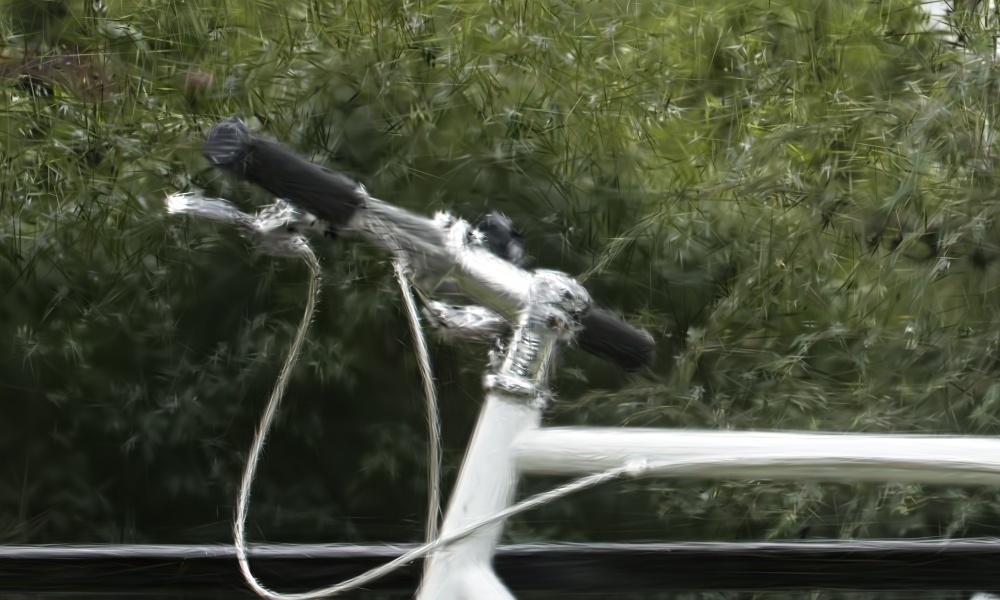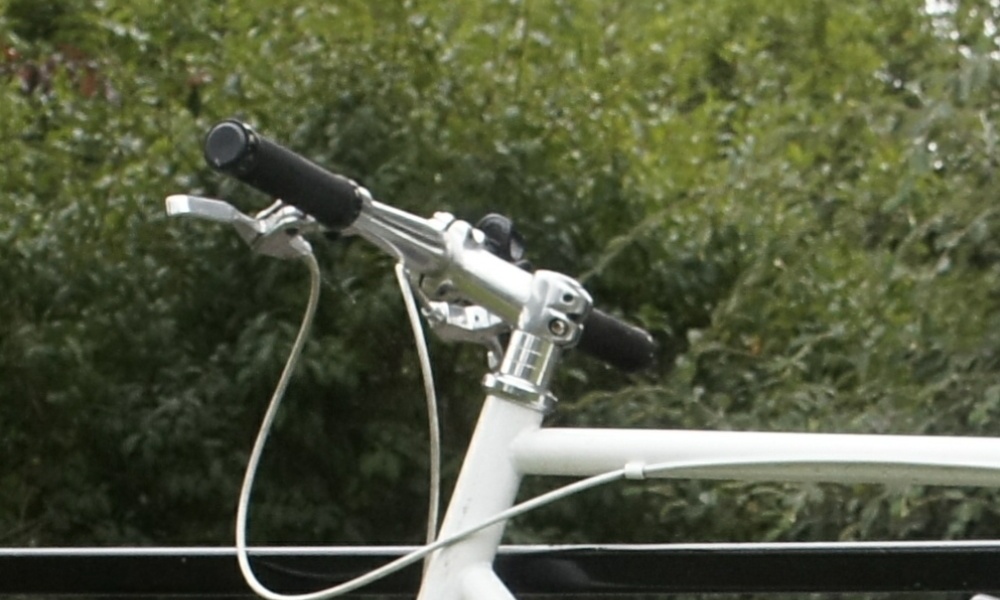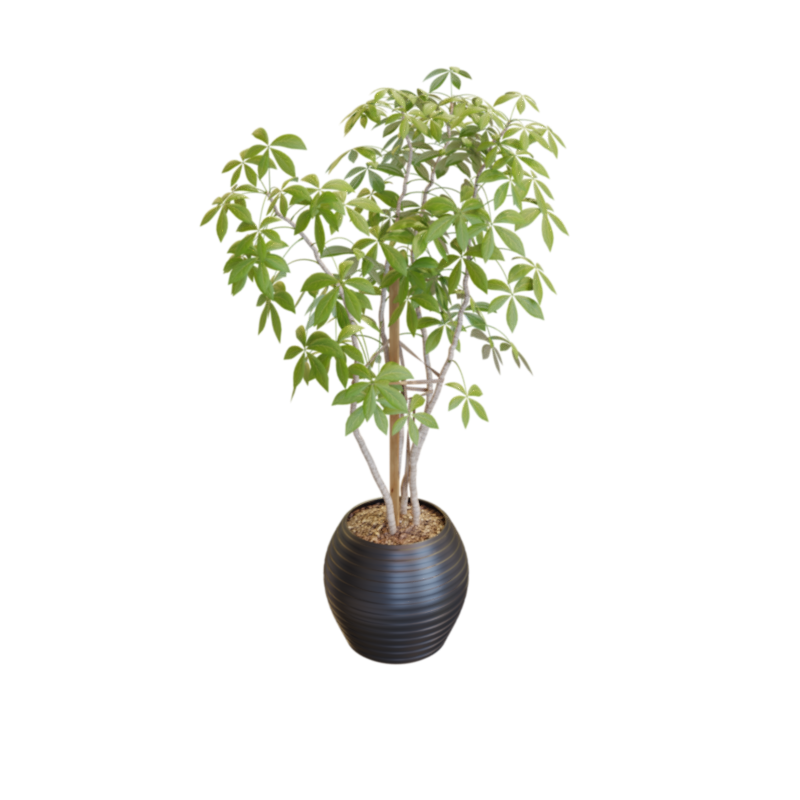Motivation

3D Gaussian Splatting renders images by representing 3D Objects as Gaussians which are projected onto the image plane followed by 2D Dilation in screen space as shown in (a). The method's intrinsic shrinkage bias leads to degenerate 3D Gaussians exceed the sampling limit as illustrated by the δ function in (b) while rendering similarly to 2D due to the dilation operation. However, when changing the sampling rate (via the focal length or camera distance), we observe strong dilation effects (c) and high frequency artifacts (d).















